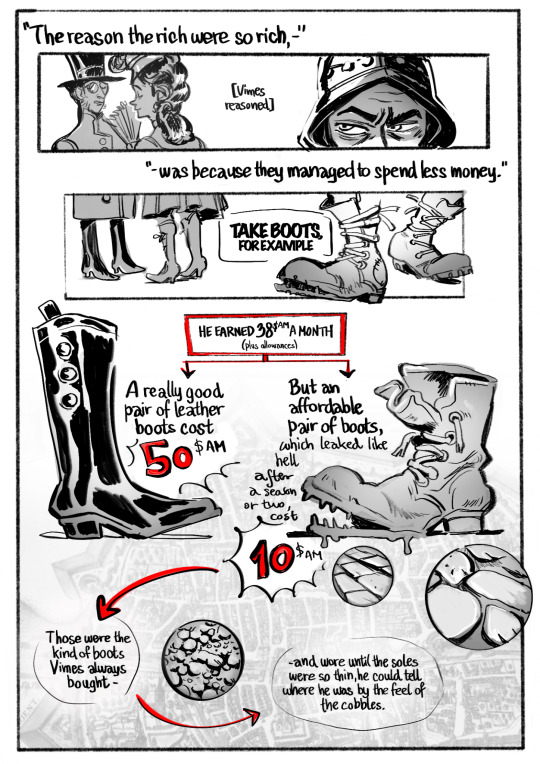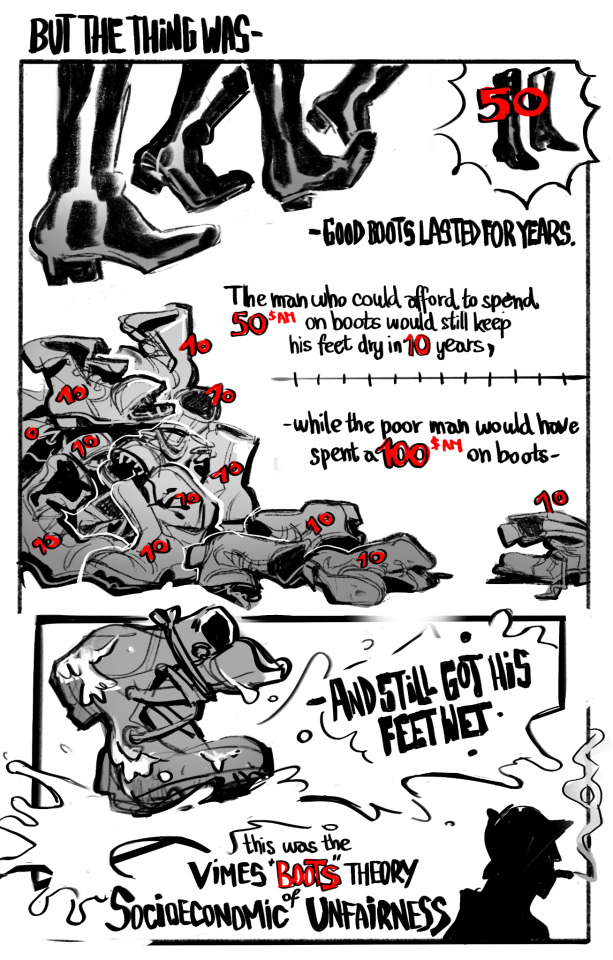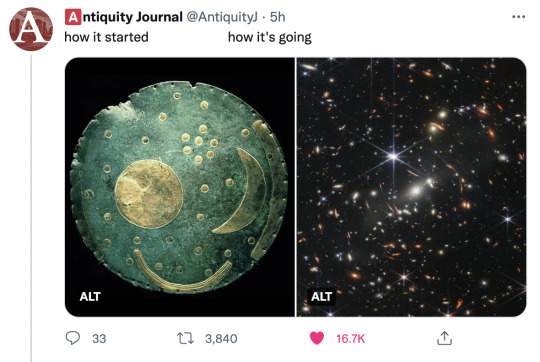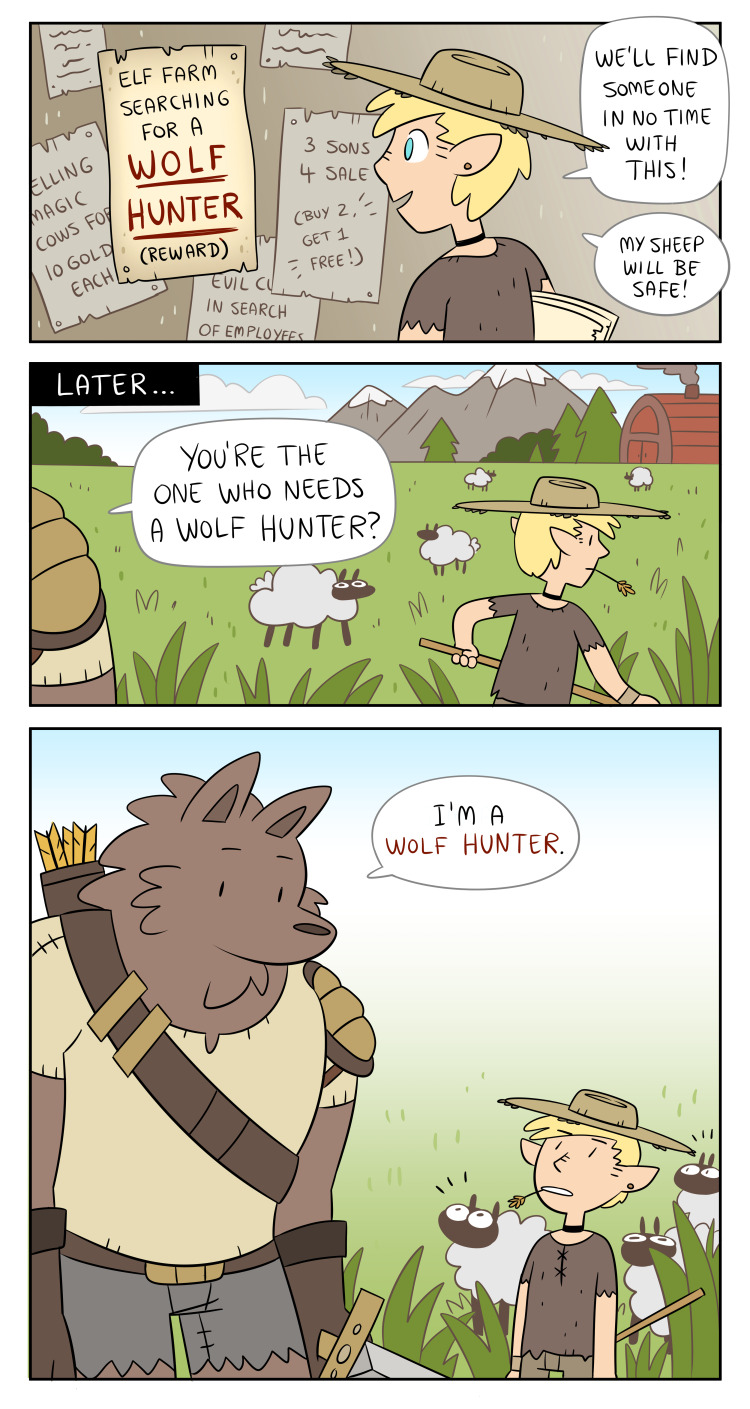Don't wanna be here? Send us removal request.
Text
Make your life easier, use a stitch marker. Especially if you're crocheting in rounds. I never count while crocheting, I mark the start of each round with a thread in a different color and just count at the end of the round to check that I didn't make any mistakes. Just pull out the thread when you're finished. It should look like this.

Math is really tiring, im so glad i finally get to relax and do some knitting and crochet and i oh god oh my what the fuck
85K notes
·
View notes
Text
don't make me tap the sign
(the sign says "Mr. Darcy is 100% aware of how to act in any given social situation and has no trouble at all expressing his feelings. He comes off as arrogant and proud because he is arrogant and proud")
1K notes
·
View notes
Text
Imho, it's more important that one knows their dog and takes precautions. I don't judge people who don't let their dogs off the leash in public places, but I do judge people who let their dog off leash only for the dog to chase other animals/run off/attack an other dog. Both dogs can be similarly obedient, but one owner took precautions to guarantee the safety of their dog and the people/animals around them, and one didn't care
Not saying your dog would do any of that, just stating that obedience and safety go hand in hand, and if obedience isn't there, more safety precautions have to be taken.
It fucks with me that dog intelligence is tested with obedience tests, so there's a significant bias towards compliant dog breeds. Dogs that are intelligent enough to understand what is being asked of them, but are too headstrong and/or independent to go through with it, get lumped up with the dogs that might want to do what people ask them to do, but are too stupid to understand the assignment.
And it fucks with me that chihuahuas are actually quite intelligent. They're not stressed and angry because they're too stupid to understand what's going on. They understand exactly what's going on, and that's why they're so angry and stressed.
29K notes
·
View notes
Text
I did vaulting as a teenager and one time, my trainer threatened to put Vaseline on our teeth so we wouldn't forget to smile during the performance. Every time I see his smile, I think of that.
shut up
56K notes
·
View notes
Text
That's not even something made up.

This is at the stallion parade in Marbach, Germany. In German this is called "Die ungarische Post", which translates to "Hungarian post" I don't know what's it called in English.
Before the invention of the saddle, one had to ride a horse standing up like on a surfboard.
2K notes
·
View notes
Text
Oh, sorry. Re-reading your post I dont know how I managed to miss your point. My reading comprehension is obviously also piss poor.


happy glorious 25th of may
136K notes
·
View notes
Note
Poll request:
What's your favorite type of jam/jelly/marmelade/thing that is made with fruits and sugar and put on bread?
Strawberry 🍓
Raspberry
Currant
Pear 🍐
Orange 🍊
Plum
Blackberry
Apricot
Elderberry
Cherry 🍒
Grape 🍇
I only eat vanilla extract
6 notes
·
View notes
Text
Season 2 of Percy Jackson and the olympians - how I would depart from the source material and write the first scene
the beginning of sea of monsters is def the least iconic of the books imho (aswell as the shortest book) so I propose an addition. We start with annabeth narration & flashbacks much like Percy’s in s1 ep1 & the book.
The books are from Percy pov but the show is not & this is the perfect chance to finally hear annabeths inner story in her own words as we never have since HOO is written in 3rd POV not first. We have many scenes from the book to take from, I think this will also help with the telling not showing issue some ppl have w/ s1 so far (even tho I don’t rlly agree) as we can see little annabeth rather than have her just relay it to Percy.
Short scenes I would include:
1. Annabeth building towers with cards/ playing w/ magnus. This scene is lifted from magnus chase as I am an unrepentant magnas chase stan. This will obv show her lifelong passion for architecture aswell as being a rare happy memory for her. We can do a similar tactic they have done for the di Angelo’s, hearing magnus but not seeing him or just seeing the back of his head or hands. This scene can also have her father arguing with his siblings to show how her being a half blood has already caused extreme tension in her mortal family for the danger it brings.
2. Next we’d continue showing the tension in her family as she feels her father growing increasingly neglectful and her negative relationship with her step family. This also shows if there is any discrepancy with Beth’s perception (narration) and reality (visuals).
3. Next, The spiders… the show owes us some spiders as we know so this is perfect chance to depict annabeths arachnophobia by showing her being attacked by them in her bedroom.
4. Finally, 7 yo Annabeth running away leading into 13 yo her running away again now looking for Percy in NY leaving her where she first appears in the book.
OR
5.Alternatively before cutting to Leahbeth we get one more scene of her meeting Thalia and Luke, and him giving her the dagger. I think this scene should be shown regardless to introduce Thalia’s actress (even tho younger actors would be needed for Luke & annabeth) as she appears in the final scene.
+ More scenes dispersed throughout the season like we have gotten for young Percy. Such as the family trio meeting Grover, them getting kidnapped and escaping the cyclops, Luke giving Beth the dagger, Thalia taking her last stand and being tree-ified etc.
35 notes
·
View notes
Text
A little advice from someone studying extremist groups: if you’re in a social media environment where the daily ubiquitous message is that you have no hope of any kind of future and you can’t possibly achieve anything without a violent overthrow of society, you’re being radicalized, and not in the good way.
98K notes
·
View notes
Text
nico and reyna being each other’s first real best friends makes my heart so happy.
they were both so alone even when surrounded by others. no one could break through their shells (except jason, weirdly enough, for both of them) until they found each other. neither of them even wanted to be friends or to get so close, but it happened anyway and in the most beautiful way possible. reyna could finally let down some of her walls. nico found a way to connect with others and relax a little.
confiding in each other was so important for both of their characters’ development and i just go :] every time i read BoO and get to read from their perspectives and slowly watch their friendship form.
317 notes
·
View notes
Text
I agree on the phone thing. But you're still speaking from a privileged point of view. If you're living paycheck to paycheck, you don't have 23k for a car. So you have three options. Don't buy a car, so less job opportunities and less mobility in general. Buy a cheap used car, no warranty and probably a lot of repairs in the future and at some point the car has to be replaced. Take out a loan, and pay more than somebody with the money at hand would, also payments each month, which means you have even less money for rent, food, etc.


happy glorious 25th of may
136K notes
·
View notes
Photo
There are two main theories I know of about the Nebra Sky Disc. One is the one @mckitterick mentioned that it depicts the sun, the moon, and stars. Another one is that what could be the sun is actually the full moon. This way, the sky disc could have been used as some sort of calender, because the full moon, the half moon and the 7 stars clumped together between them (the Pleiades) correspond to how the night sky looks in spring on the last day you can see the Pleiades before they disappear during summer and in autumn the first day they can be seen again.
Later, the two rim arcs were added (the left one is missing today). If you stand on the Mittelberg (where the disc was found) and point one end of the arc at the Brocken (biggest mountain in the area), you can pinpoint midwinter and midsummer.
The third arc (the one that looks like a smiling mouth) was added even later and probably represents a boat. Which suggests that the Sky Disc was used for religious reasons after that.
If you want to read more about this, the State Museum of Prehistory has more information (in English and German) on its website: https://www.landesmuseum-vorgeschichte.de/en/nebra-sky-disc/the-phases-of-the-sky-disc

shit man this got me emotional
242K notes
·
View notes


